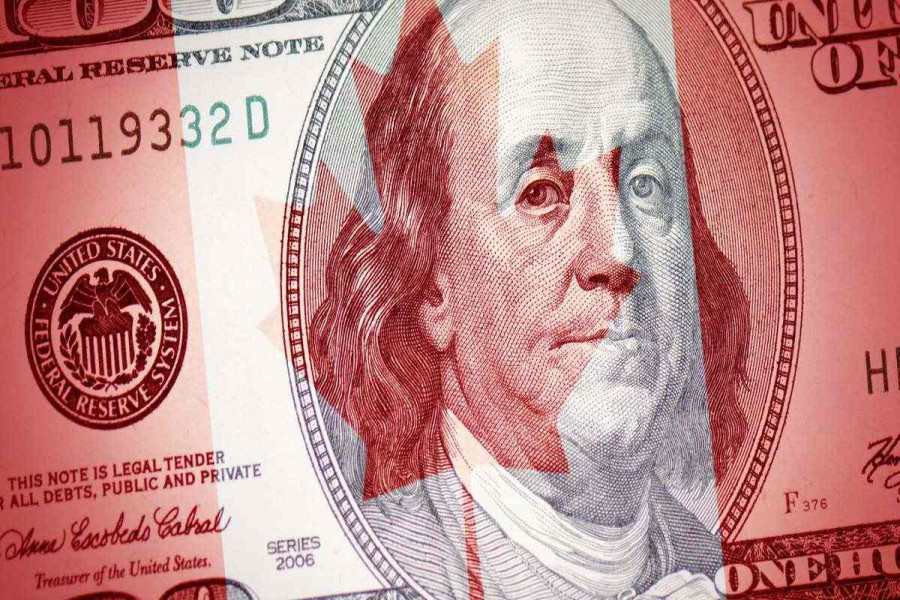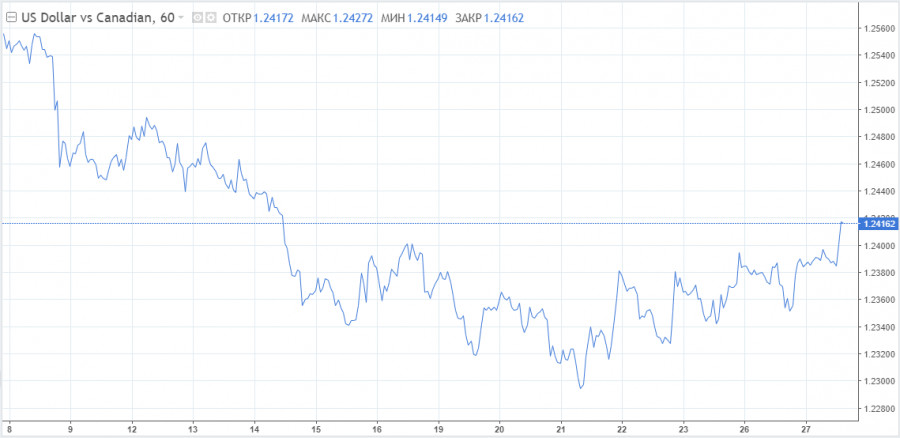
This week three central banks will hold monetary policy meetings at once. However, the Bank of Canada's decision is still the most interesting. In April, the Central Bank launched the process of monetary policy normalization, which continued in July, and, according to experts, the same will happen at today's meeting.
The volatility of the Canadian dollar, which has bounced back from session highs against its US counterpart, is understandable. Markets are no longer willing to settle for a reduction in bond purchases. Investors are eager for a rate hike. In their view, the situation in the economy not only allows such a move but also requires it due to inflation risks. The Fed chief acknowledges that inflation is more persistent than they previously thought.
Investors draw certain conclusions after inflation jumped to its highest level in almost two decades, along with excellent macroeconomic indicators, including those for the labour market. They believe that the Bank of Canada will complete its asset purchase cuts by the end of this year. From the theoretical perspective, it should start raising rates earlier than planned.
A key rate hike may not take place until the second half of next year, while rate futures show that the market expects a policy tightening as early as April 2022.
The current rally in the USD/CAD pair indicates uncertainty about when the Canadian central bank will decide on a rate hike. If there is even a hint at the possibility of moving the first round to the first half of the year at today's meeting, then the Canadian dollar will have a chance to test 3-month highs against the US dollar again. The USD/CAD could break support at 1.2300 at the end of the session.
Otherwise, we will face investor frustration and the USD/CAD rally will continue towards 1.2500 and above.

As a reminder, the Canadian dollar gained 4.5% against its US counterpart over the past month, driven by positive economic data and rising oil.
Scotiabank predicts the USD/CAD pair to rise to 1.2500-2600 as the risk of easing expectations of policy tightening will put pressure on the loonie in the short term. Meanwhile, a rise in the US currency towards this level could attract sellers.
Significant short-term factors remain on the side of the dollar. Amongst other things, it is supported by the continuing uncertainty regarding Evergrande. The pre-default state of the Chinese developer threatens the stability of the entire global financial market.
In general, the USD is not very active against a basket of competitors and it is unlikely that there will be any strong moves before November 3. Everyone is waiting for the US Fed meeting. A rate hike is not expected, so it is important for the markets to have a forward-looking view.
Once the US Central Bank starts to tighten policy, markets will start to narrow the interest rate differential. It will ease a bit the pressure on the currencies of developed countries, whose regulators have started to tighten the screws.
As for the USD/CAD pair, much will depend on the news from Canada. The Central Bank's decision will determine the movement of the loonie in the short term.
The material has been provided by InstaForex Company - www.instaforex.com